Traditional Braces – Ellicott City, MD
Second-to-None Orthodontic Care

If you’re interested in straightening your smile, it’s hard to go wrong with traditional wire-and-bracket braces. This time-tested method of orthodontics can address any of a variety of alignment issues, ranging from severe malocclusion to profoundly misaligned teeth.
Moreover, the braces that you’d get today are more comfortable and more beautiful than they’ve ever been, meaning that there’s never been a better time to straighten your smile. If you’re near Ellicott City, MD, make an appointment with the team here at Ellicott City Smiles Dental Group and we’ll show you second-to-none orthodontic care!
Why Choose Ellicott City Smiles Dental Group For Traditional Braces?
- Team of Specialists Who Will Personalize Your Orthodontic Care
- Years of Advanced Training and Experience at your Disposal
- Comfortable Dental Office that Makes Patients Feel At-Home
How Do Traditional Braces Work?
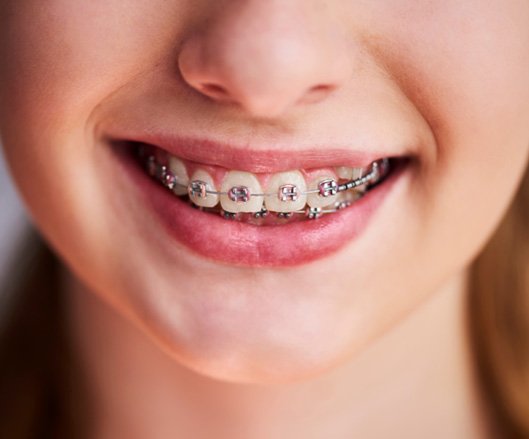
You’re probably familiar with what traditional braces look like, but you might know less about how they actually work. First, a series of small brackets will be attached to each of the teeth. These brackets will be connected by an archwire, one that is progressively tightened as the treatment goes on. This wire pulls on the brackets (and, by extension, the teeth), gradually moving them into their ideal position.
These tightening will take place at your dentist’s office every 6-8 weeks, and after a year or two of wearing braces your teeth should be perfectly in alignment!
What Orthodontic Issues Can Braces Fix?
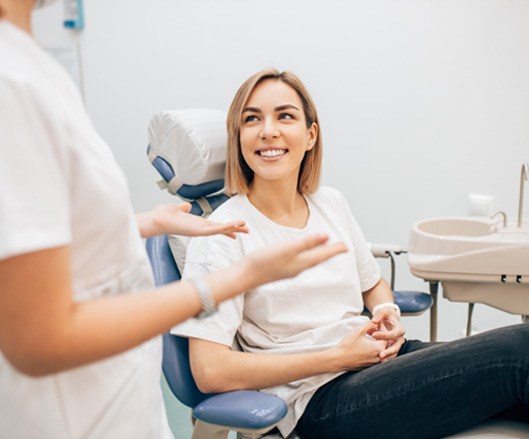
We’ll be sure to talk to you about the issues that traditional braces can address and what they can do for you at your consultation. Until then, here’s a small sample of the problems that these orthodontics can address.
Bite Misalignment
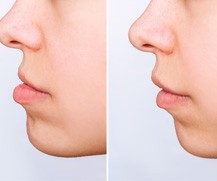
Overbites, underbites, and crossbites can all result in serious problems. In addition to affecting how you look to others, these conditions can also lead to chronic jaw pain and teeth grinding if left untreated.
Traditional braces can connect the top and bottom jaw via elastics, bringing them into their proper position.
Crowded & Crooked Teeth
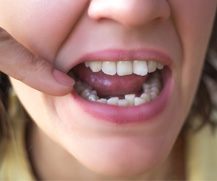
Crowded teeth overlap in such a way that they appear “crooked,” impacting how your smile looks and making your teeth harder to clean. Traditional braces can be used to pull these teeth apart, straightening them.
Gapped Teeth
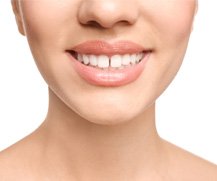
Gapped teeth aren’t necessarily a health concern, but can nevertheless affect how people’s smiles look in ways that they might not care for. Just as braces can pull crowded teeth apart, they can also bring gapped ones together.
Caring for Your Braces
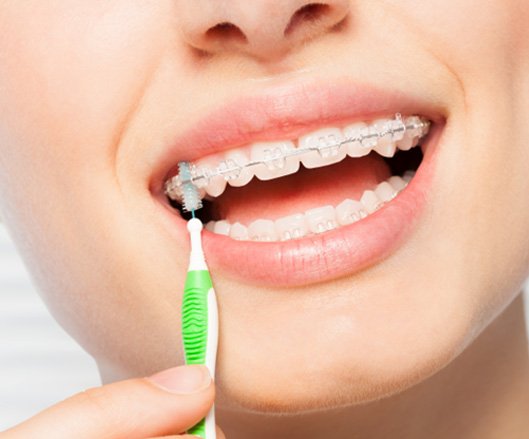
One of the biggest hurdles for new orthodontic patients is figuring out how to care for their braces. In addition to thoroughly flossing your braces each day, you’ll also need to find a new way to floss around the archwire. This can be done with interdental brushes, floss threaders, or oral irrigators—we’ll be happy to give you recommendations when we meet.
You should also adjust your diet to avoid foods that could damage your oral appliance. You might need to refrain from tortilla chips, hard candy, and gooey foods for the duration of treatment.
Most importantly, you should see us regularly for tightenings and checkups. If you have any questions about what caring for braces will entail, feel free to reach out to us for an appointment today!
Understanding the Cost of Traditional Braces
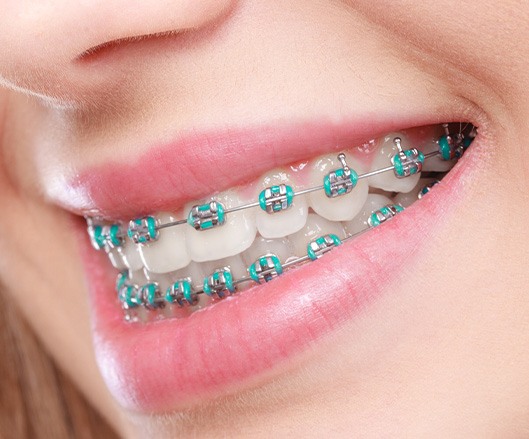
Generally speaking, the cost of traditional braces is lower than that of other popular orthodontic treatments. Of course, the price can vary widely depending on circumstances. During your consultation, our Ellicott City team can share some specific numbers with you and help you to understand your payment options.
Factors That Affect the Cost of Traditional Braces
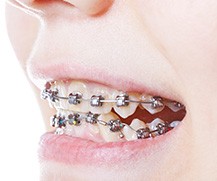
There are a few factors that can affect the cost of traditional braces:
- The severity of your dental misalignment. More complex and severe cases take longer to correct, require more appointments, and may necessitate the use of additional accessories. Therefore, it is to be expected that such cases incur higher fees.
- Your age. The teeth of adults tend to move more slowly than those of children. Therefore, costs might be a bit higher for older patients.
- Your compliance with treatment guidelines. If you fail to wear accessories as directed, neglect your oral hygiene, or make other mistakes during treatment, it could delay your final results and lead to a higher overall cost.
Professional Braces vs. “DIY” Braces: Which Costs More?
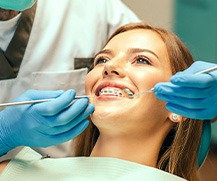
While browsing the internet, you might have come across some so-called “hacks” for straightening your teeth without professional assistance. These methods often involve the use of various household objects, such as superglue, rubber bands, and paperclips.
While the idea of saving money via DIY braces may seem attractive, we advise extreme caution. Moving teeth can be a complex process, and if you do not have professional training, you could easily end up shifting your teeth in the wrong direction. Many people have worsened their oral health and have ended up paying more for a professional to fix things. It is often more economical to invest in high-quality professional care right from the start of your teeth-straightening journey.
Does Dental Insurance Cover Braces?

Some dental insurance plans cover up to 50% of the cost of braces, up to the amount of the plan’s lifetime orthodontic maximum. With the help of their benefits, some patients are able to reduce their out-of-pocket costs by hundreds of dollars or more. Our team welcomes insurance, and we will be happy to help you figure out how your policy might apply.
Keep in mind that it is more common for insurance to cover braces for minors than for adults.
Options for Making Braces Affordable

Outside of insurance, other provisions that may make braces more affordable include:
- We work with multiple third-party lenders to provide low-interest payment plans for qualified patients.
- Membership plan. Our in-house savings plan provides a substantial discount on procedures performed in our office.
- HSA or FSA funds. Very often, braces are an approved use of money in a healthcare savings account or flexible spending account.
Would you like to learn more about traditional braces and their cost? Contact us to request a consultation. We will be happy to answer your questions!
Traditional Braces FAQs
Am I Too Old to Get Braces?
Even though traditional braces are commonly associated with young adults, there is really no upper age limit on this treatment. The main difference between treating adults versus children and teens is that adult teeth are more firmly embedded in the jaw, and thus may take longer to move than they would have in childhood.
Your jawbone and teeth will need to be in good health before beginning treatment with braces. If they are currently not in proper condition, you may need to address any underlying issues before you can begin wearing them.
Furthermore, while many dental insurance plans will partially cover braces for children, they may not offer this coverage for adults. Thus, your out-of-pocket expenses may be larger. Thankfully, Ellicott City Smiles Dental Group accepts many insurance plans as well as several different types of dental financing. For more information, speak with our office team about your options.
Can I Get Traditional Braces on Just My Top or Bottom Teeth?
Getting braces on just your upper or lower teeth may seem more convenient or affordable, but it is typically not recommended. That’s because braces are designed to bring both of your arches into alignment in unison. Doing each arch separately or treating just one can potentially cause more harm than good.
Generally, if you are using braces to fix crowding, your straightened teeth will move forward. Closing gapped teeth can cause teeth to move backwards. Thus, adjusting just one arch and not the other will prevent them from coming together correctly. This could cause even a slight underbite or overbite to become much more pronounced, leading to difficulties chewing, and teeth grinding.
If single arch treatment is truly the best option for you, your dentist will discuss this at the time of your consultation, however the overwhelming majority of patients will benefit from wearing braces on both arches simultaneously.
How Long Do Traditional Braces Take?
Though there is no one-size-fits-all answer, most traditional braces treatments take anywhere between one and three years, however the exact length can vary between patients. Your dentist can give you a better idea of how long your individual treatment will take.
Other factors that could affect your timeline may include:
- Your Age: Adult teeth are more firmly set in the jaw and may take longer to move than children’s teeth might.
- The severity of your alignment issues: Typically, the greater the distance your teeth need to move, the longer your treatment will take to complete.
- Compliance of treatment guidelines: For example, if you need to wear rubber bands during treatment but fail to do so, this can cause your treatment to take longer.
Do Traditional Braces Cost More Than Invisalign?
In most cases, the cost of traditional braces is very comparable to the cost of Invisalign. Braces typically range between $1,800 and $5,500, while Invisalign usually costs from about $3,000 to $5,000.
If your dental insurance covers orthodontics, it is more likely to cover traditional braces than Invisalign, because Invisalign is sometimes considered a cosmetic procedure. Furthermore, with Invisalign you can incur higher costs if you lose or break an aligner, but you don’t need to worry about this with traditional braces.
If you qualify for both types of treatment, our team can help you compare costs and decide which option works best for you.
